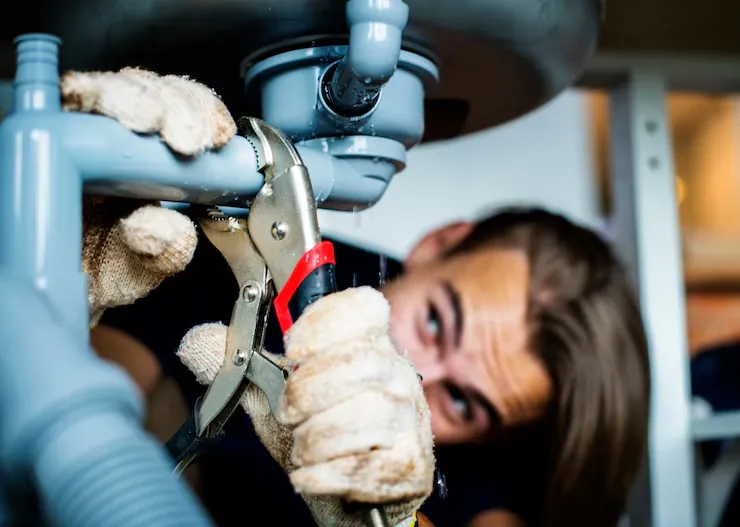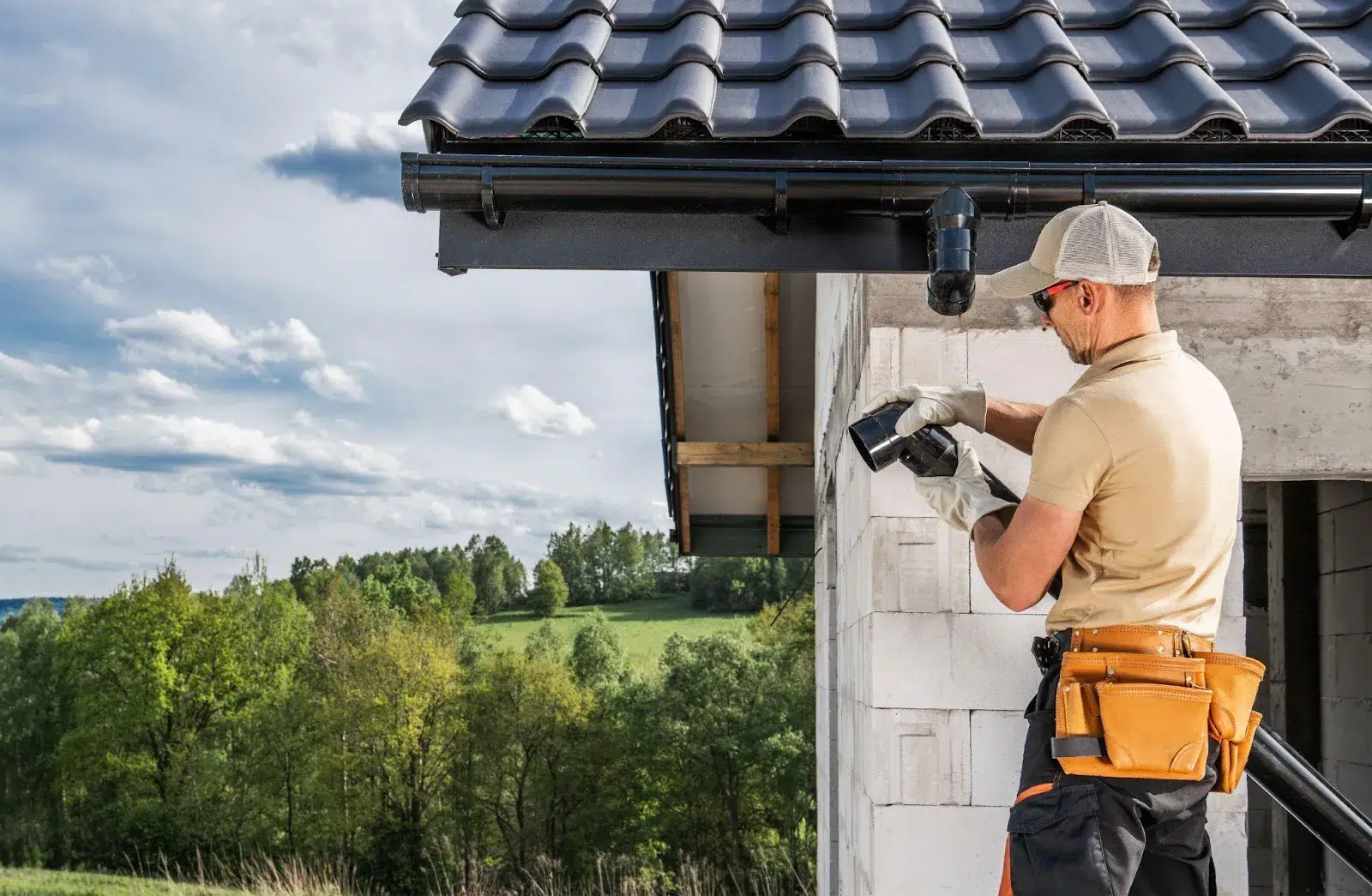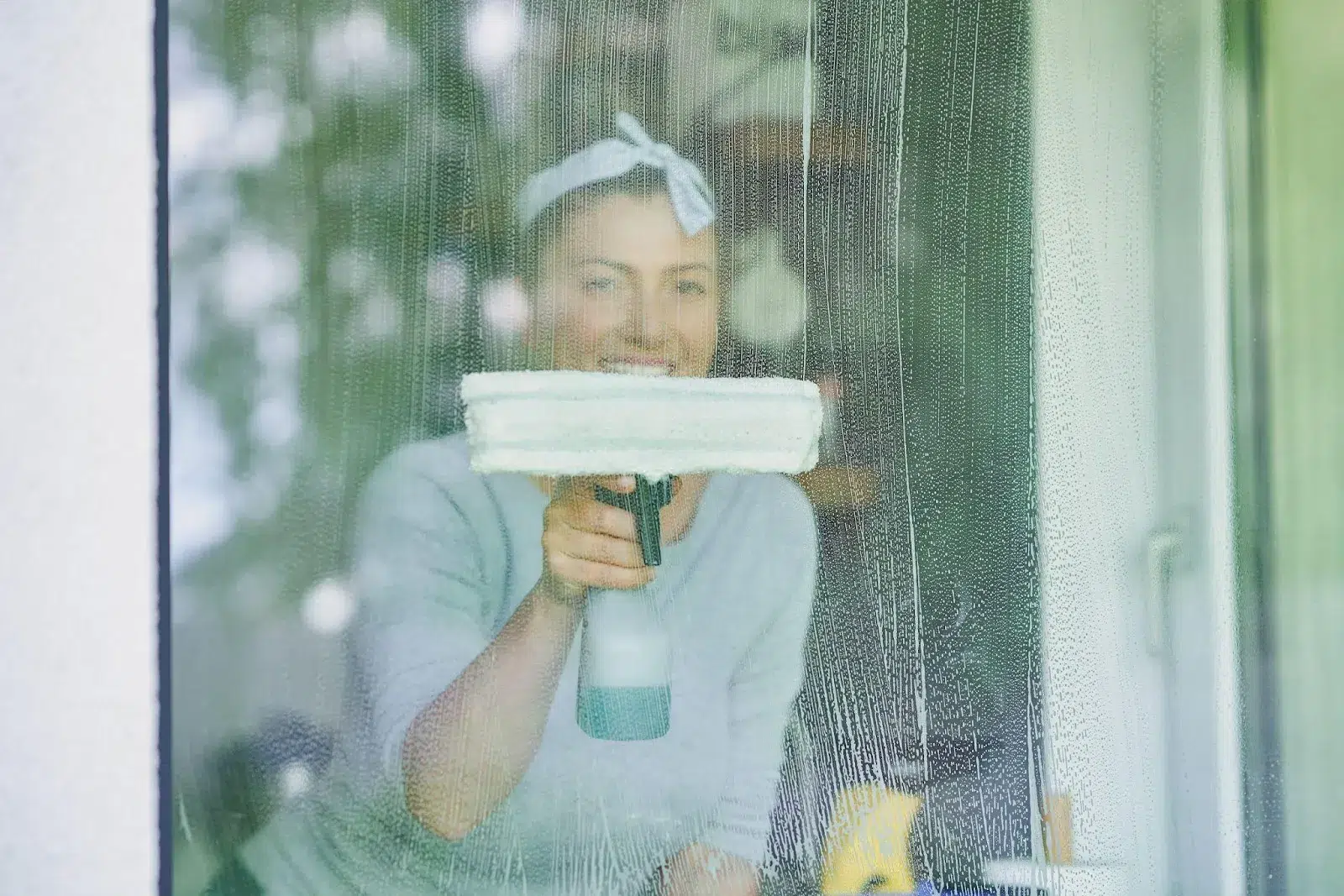With Canadian winter in full swing, knowing your responsibilities as landlord, are responsible for snow removal in Ontario is essential to enjoy the season safely and comfortably. One of the significant struggles almost every resident faces is keeping their property clear of snow and ice. This is because Canada is a snowy country that gets over 144″ of snow every year, whereas January and February are the coldest months of the year.
When the weather and snow are the biggest challenge, removing snow from your property is essential to keep your property clear and safe. For this, municipal by-laws have enacted regulations to ensure every property owner, including landlords, removes snow from their properties within a specific timeframe. Let’s learn in detail about Landlords Responsible for Snow Removal in Ontario.
General Legal Overview of Snow Removal in Ontario
In Ontario, Snow removal laws can be challenging to navigate. According to the law, property owners, including landlords, are required to remove snow from the property within 12- 24 hours of any snowfall, rain, or hail event. The areas include driveways, landings, parking spaces, and entrances. This obligation is essential to ensure the safety of both residents and the public.
While many may think that it is only the landlord’s responsibility to clear snow from the property, the city offers snow removal services as well. Toronto has invested in many municipalities that take care of most residential areas by removing snow from sidewalks under the Occupiers’ Liability Act and Municipal Act. The primary purpose of offering these services is to ensure a safe and accessible property for everyone.
However, municipal by-laws in cities like Toronto require property owners and landlords to clear their sidewalks and areas adjacent to their properties where the city does not offer snow removal services. The landlords must comply with these laws in order to avoid any hefty fines and penalties.
In some cases, the landlord and tenant may share the responsibility of clearing snow off their property. According to the Residential Tenancies Act, the landlord has to get rid of snow from common areas, particularly in residential buildings. However, the responsibility may vary depending on the lease agreement signed between landlord and tenant.
Overall, in Ontario, landlords are legally required to remove snow from their properties, and tenants are required to monitor snow accumulation so that it can be removed on time and stay in compliance with the laws. The purpose of these laws is to keep entryways, driveways, sidewalks, and parking spaces clear, safe, and accessible. Plus, with clear pathways, emergency responders will be able to reach properties without the risk of any accidents due to slippery roads.
Landlord Responsibilities
To better understand the landlord’s responsibility for snow removal in Ontario, here are the primary responsibilities:
- Common Areas: Landlords are required to get rid of snow and ice from common areas, including parking spaces, entryways, walkways, and pathways that lead to rental units of residential buildings. This ensures a safe and clear path for tenants and visitors.
- Municipal By-laws Compliance: In Toronto, landlords must comply with municipal by-laws that require them to remove snow and ice from not only their property but also sidewalks and adjacent areas. Failure to comply with these laws may lead to a fine of up to $500 and legal liabilities due to potential injuries suffered by anyone.

- Legal Obligation: In addition to compliance with municipal bylaws, the Residential Tenancies Act also mandates landlords to maintain their properties and keep them safe and clear for tenants, visitors, and the public. They must remove snow and ice, particularly from high-traffic areas, to minimize any falling and slipping risks.
- Private Contracts: While landlords are primarily responsible for snow removal from their properties, in some cases, the landlord may shift this duty to tenants in the lease agreement. However, for this, the tenant must voluntarily agree to take on the responsibility of clearing the snow from the property they are renting.
- Injury Liability: If landlords fail to comply with laws and regulations, they can be held responsible for injuries suffered due to falling and slipping by anyone. If the lease agreement states that the responsibility falls on the tenant to clear snow and ice, both the landlord and tenant may share the legal liabilities.
Proper Snow Disposal Methods For Landlords
In Ontario, landlords are also responsible for handling snow disposal property by keeping both legal and environmental factors in view. So, after getting rid of snow from the property, landlords must adhere to municipal guidelines that clearly state not to dump collected snow on public roads and sidewalks. This is because the snow on the streets and sidewalks creates hazardous conditions for pedestrians, vehicles, or anyone using the road.
Generally, the snow is collected and disposed of on the property itself, away from driveways, entryways, and walkways. After collecting it in one place away from traffic, make sure it melts and is disposed of in drains and gutters. To ensure efficient drainage, make sure to clean the gutters properly before the first snowfall.
Best Practices For Landlords And Tenants
To avoid potential disputes, clearly define who is responsible for clearing snow and ice from the property. Here are a few practices both landlords and tenants should follow:

Suggestions For Clear Snow Removal Agreements in Lease Contracts
- Specific Responsibilities: In the private contract or lease agreement, clearly outline who is responsible for removing snow from driveways, entryways, sidewalks, and pathways leading to the rental unit. Both parties must mutually agree to share the responsibility. If the tenant disagrees, the responsibility falls on landlords by default and by law.
- Tools and Equipment: Even if the tenant is responsible for clearing the areas they exclusively use, all the necessary tools and equipment will be provided by the landlord to ensure compliance with the law. Plus, the landlord may also specify the method for snow removal, which is usually shovelling or snow blowing.
- Timeframe: It is usually the best practice to define the timetable for removing snow after the snowfall ends. It could be after a few hours or by the end of the day. The law mandates snow removal within 12 – 24 hours after the snowfall ends.
Best Practices for Landlords to Ensure Efficient Snow Removal
- Proactive Communication: If the tenant has assumed the responsibility of removing snow from the property, make sure to remind them during the start of the winter to prepare for the first snowfall.
- Regular Inspection: Also, regularly monitor all the properties you own and ensure efficient snow removal within the specific timeframe. Especially if you own a residential building, make sure to carry out regular inspections of walkways, entryways, sidewalks, and parking spaces.
- Provide Equipment: As mentioned earlier, landlords are responsible for providing tools and methods to tenants to ensure that the snow removal task is carried out correctly. Or, landlords can recommend trusted and reliable snow removal services like Custodia to get the job done.
- Emergency Protocol: If the tenant fails to remove snow after the snowfall, clearly define the emergency protocol and what action you will take as a landlord to ensure compliance with the law and the safety and accessibility of the property.
Best Practices For Tenants to Approach Issues Related to Snow Removal
- Review the Lease Agreement: After the landlord has prepared the lease document, the tenant must thoroughly review it to understand their roles and responsibilities in snow removal from the property. In case of any confusion or misunderstanding, bring the issue up with the landlord and resolve it before signing the final document.
- Compensation and Written Requests: There could be days when you are ill or not available to remove the snow. Or you are a senior who cannot shovel the snow after every snowfall. In such cases, you should formally request compensation from your landlord. The best way to ask for assistance is via email or in writing. In the formal request, you can ask for help from professional snow removal services in Ontario.
- Modification in Lease Agreement: If you initially agreed to carry out snow removal from the property and it has now become a tiring job, you can renegotiate adjustments in the agreement. This is because if the tenant disagrees with removing snow from the property, landlords are legally required to clear snow and ice from the properties they own.
Conclusion
Taking care of the property while adhering to local laws and regulations can be challenging. However, a proper understanding of the law and knowing what your responsibilities are as a landlord will help you prevent accidents and any legal penalties. From clearing snow off the property and disposing of it, property owners are legally required to comply with the regulations that are put in place to enusre safe, well-maintained, and accessible property for everyone.
However, if tenants are seniors or need help carrying out regular snow-cleaning jobs, it is recommended that they hire professional snow-removal services. Services like Custodia are very well-versed in local regulations by the city and offer home improvement and property maintenance services as per law.




